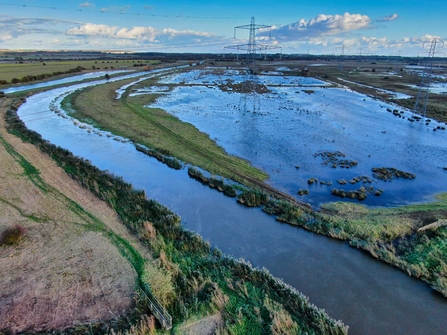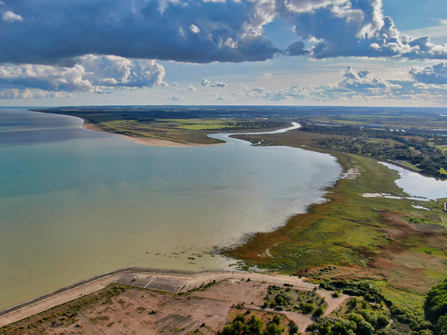I grew up in the village of Minster near Ramsgate and I have always been so grateful to have been brought up in a village neighbouring marshland and connected to Pegwell Bay. I spent my childhood immersing myself in the natural world - I continue to do so and it’s made me who I am today. I have a deep connection with the natural world. I love it, I need it, we all need it; besides we are nature.
The natural world brings me so much joy. Sadly, the love for it comes with a lot of doom and gloom. Witnessing the continued decline of wildlife and loss of habitat, often in the name of private financial gain.
It’s a sad reality that in my lifetime (I’m 40) the world has lost well over half its wildlife. In fact, we’ve lost 69% of the world's wildlife in 50 years.
Right now, my stomping ground of Minster Marshes and Pegwell Bay is under threat from National Grid with a development known as Sea Link. They want to build and disturb a place that is incredibly special.

